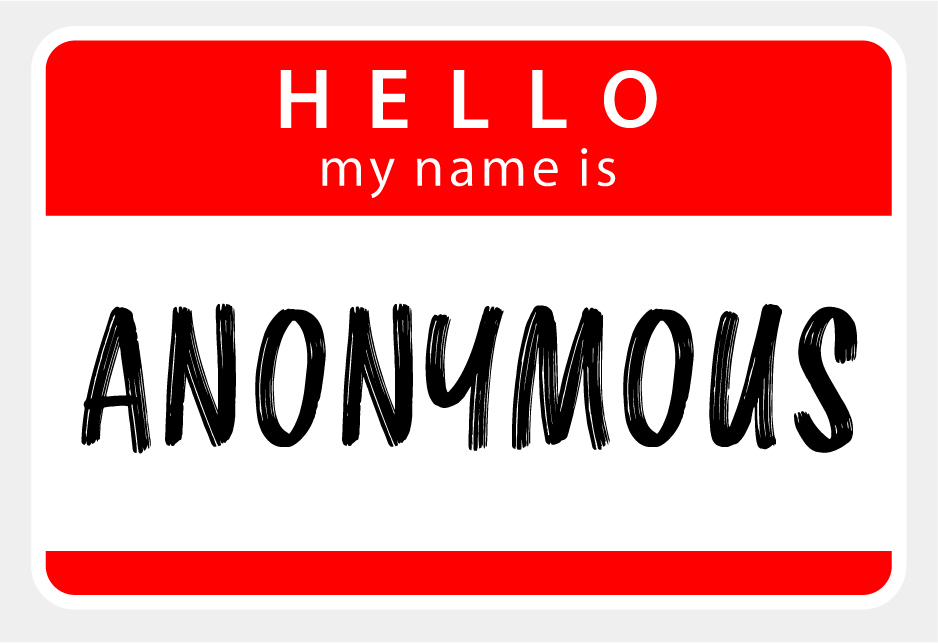
In my first role as a fundraiser, I was taught the axiom “people give to people.” While this remains true, recent trends in anonymous giving are making it more difficult to understand the person behind the gift.
In 2023 alone, we’ve seen several high-profile anonymous donations, such as a $20 million gift to Yale School of Management, a $21 million donation to Monmouth University, and a staggering $100 million gift to Montefiore Einstein’s College of Medicine.
Impact on Nonprofits and the Philanthropic Community
The trend towards anonymity poses challenges as well as opportunities for the nonprofit sector. First, large or significant gifts, regardless of whether the donor is known publicly or not, serve to inspire and raise sights among other donors and prospective donors to the organization. The excitement and publicity of a large gift can be a game changer.
For professional fundraisers who utilize donor screening services to identify major gift prospects within their donor database, anonymous giving reduces its effectiveness. For the recipient organization, it also requires extra layers of security to conceal the donor’s identity from all but a few key leaders within the organization, as leaked information could permanently damage trust.
Responding to Anonymous Donors
Anonymous donors may have various reasons for wanting anonymity, including a desire for privacy, humility, religious beliefs, or concerns about how their giving will be perceived within their personal or professional circles. When a donor requests anonymity, it is essential to honor their wishes.
However, nonprofits should be prepared to encourage public giving in their conversations with donors by highlighting its benefits, such as inspiring others, promoting transparency, and signaling confidence in the organization to other would-be-supporters. By being public, others who admire them personally or professionally are potentially more apt to want to emulate their actions. Also, it signals to the universe of donors and prospects within the organization how that donor is connected to the organization.
It is important to approach the conversation on a case-by-case basis. If the donor is firm on anonymity or would be offended by the request to be publicly attached, it’s obviously best not to push the issue.
Maintaining Transparency While Respecting Anonymity
To balance donor anonymity with transparency, nonprofits should clearly outline their commitments to transparency in their missions, visions, and value statements. Implementing transparent financial reporting practices and a comprehensive donor privacy policy can help. Engaging in regular dialogue with donors about the importance of transparency and its impact on the organization’s credibility and effectiveness is also crucial.
Wrapping Up
At the end of the day, it is vital to honor the donor’s wishes while still promoting transparency. Even if a gift is anonymous, publicizing the gift itself can have a positive impact on the organization and demonstrate that it is worthy of and actively seeking large gifts. As anonymous giving continues to rise, nonprofits must adapt their strategies to accommodate this trend without compromising their commitments to transparency and accountability.


